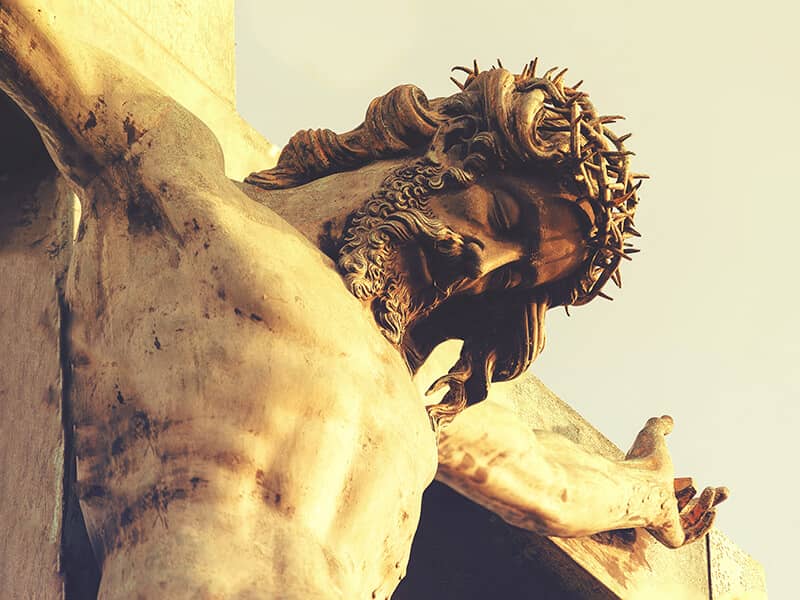Light is an ancient archetypal symbol. It is also central to ancient Judaism and early Christianity, the context in which Matthew and Luke wrote their stories of Jesus' birth.
And, to say the obvious, light in the darkness is central to the Christian celebration of Christmas. Jesus is born in the deepest darkness—in the middle of the night at the winter solstice. This is not historical time, not a historical fact about the date of Jesus' birth, but parabolic time, metaphorical time, sacred time, symbolic time. The symbolism is perfect.
Light Imagery in Matthew's Story
Matthew uses the symbolism of light in his story of the star of Bethlehem that led the wise men to the place of Jesus' birth. The most widely known episode from Matthew's birth narrative and a centerpiece of Christmas pageants, it is part of the larger story of Herod who, like a new Pharaoh, seeks to kill the infant Jesus. As one born to be "King of the Jews," Jesus is a rival king in the conflict of kingships that runs through Matthew's story.
Here we focus on the use of light imagery in the story. In the relevant portions of Matthew 2:1–12, references to the star are italicized:
In the time of King Herod, after Jesus was born in Bethlehem, wise men from the East came to Jerusalem, asking, "Where is the child who has been born King of the Jews? For we have observed his star at its rising, and have come to pay him homage."
Herod secretly called for the wise men and learned from them the exact time when the star had appeared.
Then he sent them to Bethlehem, saying, "Go and search diligently for the child; and when you have found him, bring me word so that I may also go and pay him homage." When they had heard the king, they set out; and there, ahead of them, went the star that they had seen at its rising, until it stopped over the place where the child was. When they saw that the star had stopped, they were overwhelmed with joy.
Virtually every year in the weeks before Christmas, stories appear in the media that seek to identify the star of Matthew's story with some natural phenomenon. The most common suggestions are a comet, a conjunction of planets, or a nova.
But attempts to identify the guiding star with a natural astronomical event are misguided. The star in Matthew's gospel does not simply shine in the sky; it moves. It not only leads the wise men westward to Jerusalem, but then turns and moves south to Bethlehem. There, "it stopped over the place where the child was." It leads the way to the place of Jesus' birth with the precision of a global positioning device. This is no comet or conjunction of planets or nova. The story of the star does not make a statement about an astronomical phenomenon, but a statement about Jesus: his birth is the coming of the light that draws wise men of the Gentiles to its radiance.
The uses of light and darkness in this parabolic narrative are thus many and rich. Jesus' birth is the coming of light into the darkness. But the darkness seeks to extinguish the light (Herod's plot to kill Jesus). Drawn to the light, wise men from the nations pay homage to Jesus. Jesus is the light of the nations. Thus Matthew's story makes the point made in only slightly different language in John: "Jesus is the light of the world."
Of course, no concise set of sentences can capture all the meanings of this story. It cannot be reduced to statements. The narrative retains its evocative richness and metaphorical power. Like metaphorical narratives in general, it has a surplus of meaning. But we do think Matthew's story of the star of Bethlehem means at least as much as what we have suggested.
For a moment, we return to the truth of parable and the question of historical factuality. We do not think Matthew's story is historically factual. In our judgment, there was no special star, no wise men, and no plot by Herod to kill Jesus. So is the story factually true? No. But as parable, is it true? For us as Christians, the answer is a robust affirmative. Is Jesus light shining in the darkness? Yes. Do the Herod's of this world seek to extinguish the light? Yes. Does Jesus still shine in the darkness? Yes.

